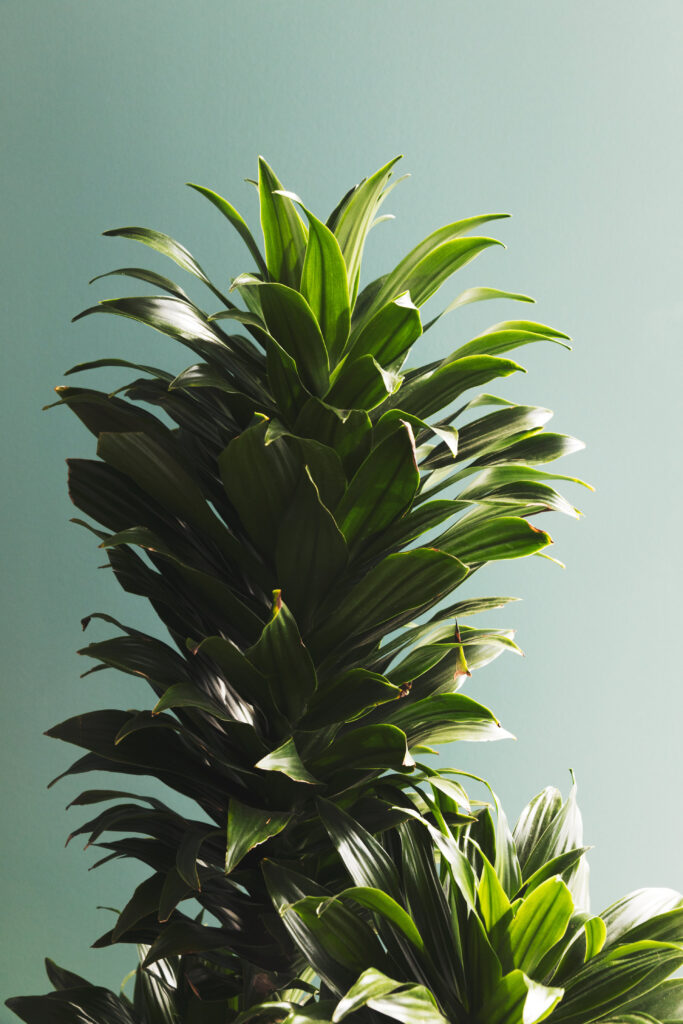
Natural yarn is a type of yarn that is made from fibers that occur naturally in the environment, such as wool, cotton, silk, bamboo, and banana.
Natural yarns are different from synthetic yarns, which are made from man-made materials, such as acrylic, nylon, and polyester.
Natural yarns have some advantages over synthetic yarns, such as being more breathable, biodegradable, and sustainable. However, natural yarns also have some disadvantages, such as being more expensive, prone to shrinking, and requiring more care.
Some examples of natural yarns are:
- Wool: Wool is a natural fiber that comes from the fleece of sheep, goats, alpacas, and other animals. Wool is warm, soft, elastic, and durable. Wool can also absorb moisture and regulate temperature. Wool is often used for knitting sweaters, hats, scarves, and socks. Some types of wool are merino, cashmere, mohair, and angora.
- Cotton: Cotton is a natural fiber that comes from the seed pods of the cotton plant. Cotton is light, breathable, smooth, and hypoallergenic. Cotton can also resist wrinkles and stains. Cotton is often used for weaving fabrics for clothing, bedding, towels, and bags. Some types of cotton are organic cotton, pima cotton, and Egyptian cotton.
- Silk: Silk is a natural fiber that comes from the cocoons of silkworms. Silk is shiny, smooth, soft, and strong. Silk can also drape well and reflect light. Silk is often used for making fabrics for clothing, accessories, curtains, and bedding. Some types of silk are mulberry silk, tussah silk, and dupioni silk.
- Bamboo: Bamboo is a natural fiber that comes from the pulp of the bamboo plant. Bamboo is eco-friendly, antibacterial, breathable, and absorbent. Bamboo can also wick away moisture and keep cool. Bamboo is often used for making fabrics for clothing, towels, socks, and underwear. Some types of bamboo are bamboo rayon, bamboo linen, and bamboo lyocell.
- Banana: Banana is a natural fiber that comes from the stems of the banana plant. Banana is biodegradable, renewable, lightweight, and flexible. Banana can also have a silky texture and a lustrous appearance. Banana is often used for making fabrics for clothing, bags, rugs, and paper. Some types of banana are abaca banana fiber (also known as Manila hemp), musa banana fiber (also known as Japanese banana), and ensete banana fiber (also known as Ethiopian banana).

天然紗線是一種由自然環境中產生的纖維製成的紗線,例如羊毛、棉花、絲綢、竹子和香蕉。自然紗線與合成紗線不同,合成紗線是由人造材料製成的,例如丙烯酸、尼龍和聚酯。
自然紗線有一些優點,例如更透氣、可生物降解和可持續。然而,自然紗線也有一些缺點,例如更昂貴、容易收縮和需要更多的護理。
以下是一些自然紗線的例子:
- 羊毛:羊毛是一種來自羊、山羊、羊駝和其他動物的絨毛的天然纖維。羊毛溫暖、柔軟、彈性和耐用。羊毛還可以吸收水分和調節溫度。羊毛常用於編織毛衣、帽子、圍巾和襪子。一些羊毛的類型是美麗諾羊毛、開士米爾羊毛、馬海爾羊毛和安哥拉兔毛。
- 棉花:棉花是一種來自棉花植物的種子莢的天然纖維。棉花輕盈、透氣、光滑和低過敏性。棉花還可以抵抗皺紋和污漬。棉花常用於織造服裝、寢具、毛巾和袋子的布料。一些棉花的類型是有機棉花、皮馬棉花和埃及棉花。
- 絲綢:絲綢是一種來自蠶絲的天然纖維。絲綢閃亮、光滑、柔軟和堅強。絲綢還可以很好地垂墜和反射光線。絲綢常用於製作服裝、配飾、窗簾和寢具的布料。一些絲綢的類型是桑蠶絲、野蠶絲和雙面絲。
- 竹子:竹子是一種來自竹子植物的漿的天然纖維。竹子是生態友好的,具有抗菌、透氣和吸水性。竹子還可以排走水分並保持涼爽。竹子常用於製作服裝、毛巾、襪子和內衣的布料。一些竹子的類型是竹纖維素纖維(也稱為竹人造絲)、竹亞麻纖維(也稱為竹麻)和竹聚酯纖維(也稱為竹天絲)。
- 香蕉:香蕉是一種來自香蕉植物的莖的天然纖維。香蕉是可生物降解的,可再生的,輕盈的和靈活的。香蕉還可以有一種絲綢般的質感和光澤的外觀。香蕉常用於製作服裝、袋子、地毯和紙張的布料。一些香蕉的類型是阿巴卡香蕉纖維(也稱為馬尼拉大麻)、木薯香蕉纖維(也稱為日本香蕉)和恩塞特香蕉纖維(也稱為埃塞俄比亞香蕉)